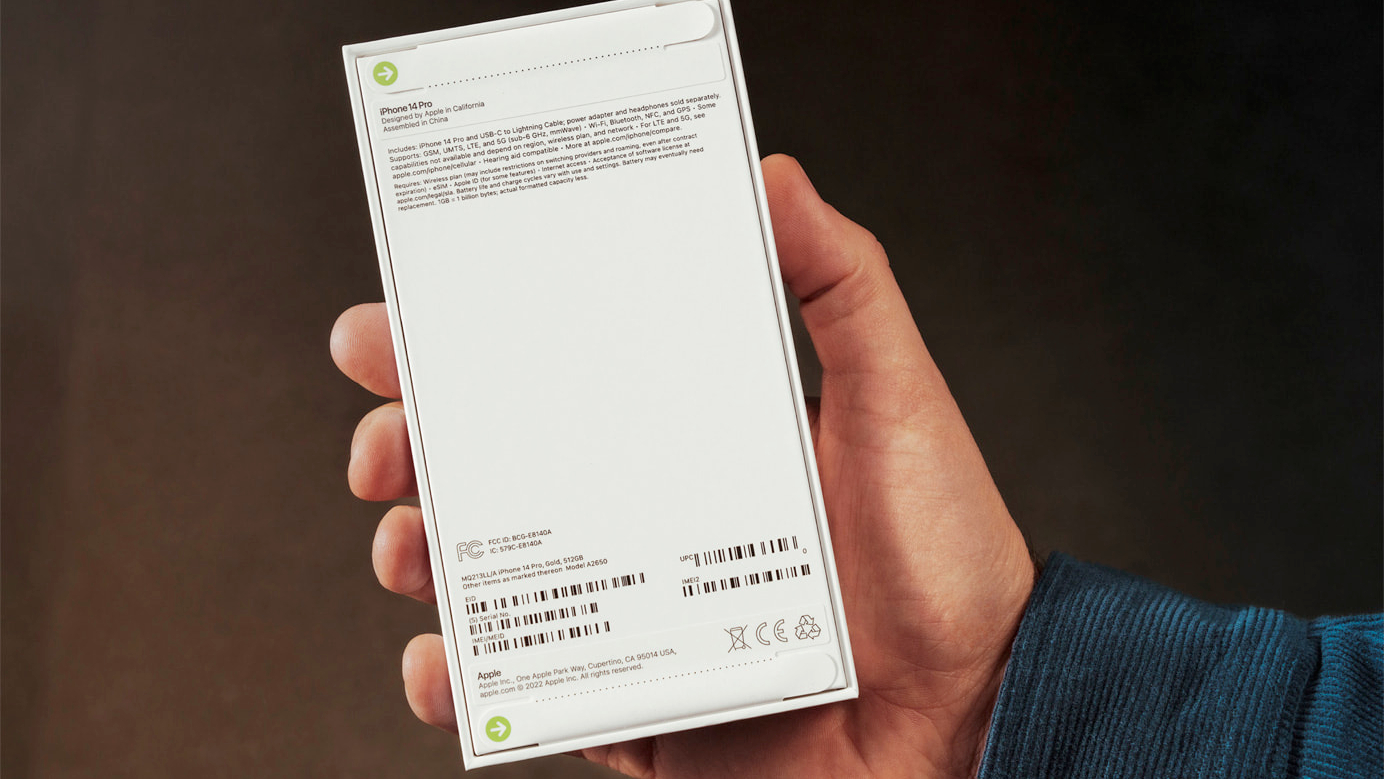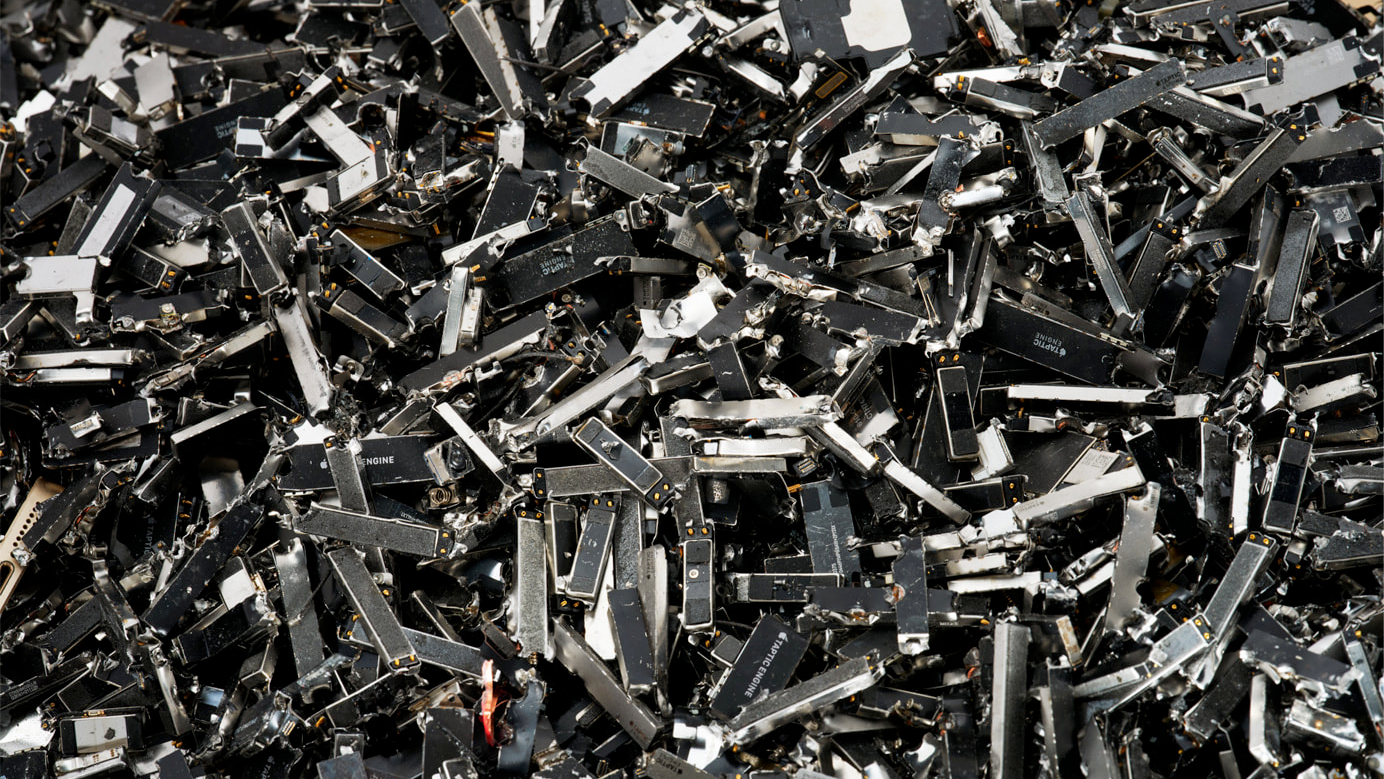Apple has made enough iPhones to someday make iPhones from iPhones
Recycled cobalt, gold, and tin are just the start

Smartphones use minerals that can be highly problematic for the communities from which they are mined. Apple now says it is aiming to source 100% of its cobalt from recycled material by 2025. Put another way, Apple has become so huge that we could soon have enough recycled old phones to supply the new models.
In the past, there wasn’t enough recyclable cobalt on the market, of course, so mining was required. Now that there are enough smartphones and other electronics available to recycle, Apple can aim for using 100% recycled material. In addition to using recycled minerals like tin, gold, and cobalt, Apple is also using more recycled magnets and is aiming for a product line made entirely from recycled materials.
In a traditional pre-Earth Day blitz, Apple has made a slew of promises toward more eco-friendliness and eventual carbon neutrality. If you are interested in Apple’s eco-friendliness, it’s definitely worth a read, and it’s well-illustrated if you prefer pictures.
Apple has been recycling rare elements for years, and it’s amazing that the recycling supply is finally catching up to Apple's demand. Metaphorically speaking, Apple has made enough of the best iPhones that you can grow new iPhones in the fertile soil.
Of course, there is far more to the supply of recycled rare earth metals and other minerals than just torn-up old iPhones. Apple isn’t getting its recycled supply from its own phones, not exclusively at least, but wherever it sources tin, cobalt, and neodymium, we’re happy to see those metals no longer being ripped from the earth.
Why? Pick your favorite smartphone metal, like cobalt. Now Google the term “cobalt mining,” and see what sort of trouble pops up. Repeat the process with tin, neodymium, gold, and all the other metals used in smartphones. It’s a problem that can be solved, or perhaps staunched, by moving towards 100 percent recycling.
It isn’t just the metals and the minerals that are a problem. Plastics are also a target, and Apple has said that only four percent of its packaging footprint remains plastic, and it is looking to eliminate even that portion. In order to accomplish this, it is printing label information directly onto the product packaging, instead of using stickers and plastic wrap.
Sign up for breaking news, reviews, opinion, top tech deals, and more.

The long-term goal for Apple is for every product to be 100% carbon neutral by 2030. The company also aims to produce every product using entirely recycled materials, though this goal is a bit loftier and doesn’t get a firm target date.
For now, the company says it will use 100% recycled cobalt by 2025. Cobalt is used in modern batteries, and Apple says that any batteries it designs will use only recycled cobalt. That includes batteries found across every product category, but Apple is not revealing details on its component suppliers or which parts qualify as Apple-designed. We can assume, though, that it's a significant portion.
Apple also says that by 2025 its magnets will use entirely recycled rare earth elements. The company blog points out that magnets are by far Apple’s largest use of rare earth metals, so nearly all rare earth metals used by Apple will soon be 100% recycled.

Frankly, it’s impossible to say whether these efforts are enough, and we haven’t performed a detailed comparison to say that Apple is ahead of this or that competing manufacturer. We appreciate Apple’s efforts, and the minerals being recycled are unavoidably problematic for the communities from which they are mined.
In addition to using more recycled material for new electronics, another way to be environmentally friendly is to keep older devices working for a longer lifespan, though this is hard for gadget makers to hear. Devices that last longer won’t be replaced by devices that cost money.
Still, besides a completely recycled product lineup, we want to see devices that are durable enough to last, and easy to repair for less money. That’s not just environmentally sound, that’s also great for owners like us.

Starting more than 20 years ago at eTown.com. Philip Berne has written for Engadget, The Verge, PC Mag, Digital Trends, Slashgear, TechRadar, AndroidCentral, and was Editor-in-Chief of the sadly-defunct infoSync. Phil holds an entirely useful M.A. in Cultural Theory from Carnegie Mellon University. He sang in numerous college a cappella groups.
Phil did a stint at Samsung Mobile, leading reviews for the PR team and writing crisis communications until he left in 2017. He worked at an Apple Store near Boston, MA, at the height of iPod popularity. Phil is certified in Google AI Essentials. His passion is the democratizing power of mobile technology. Before AI came along he was totally sure the next big thing would be something we wear on our faces.